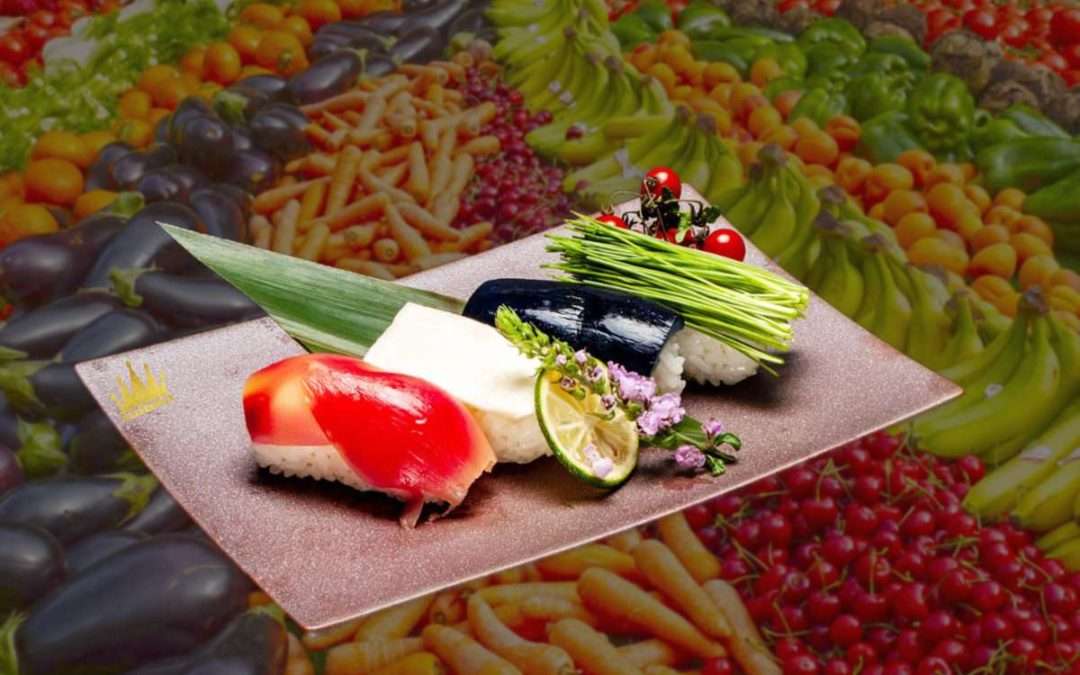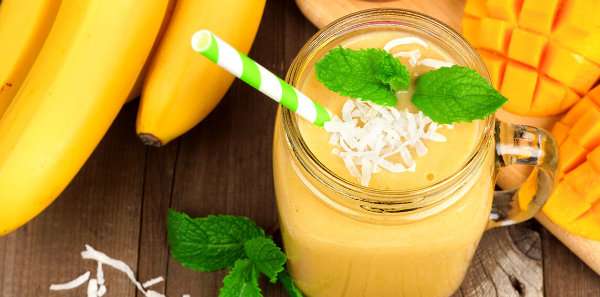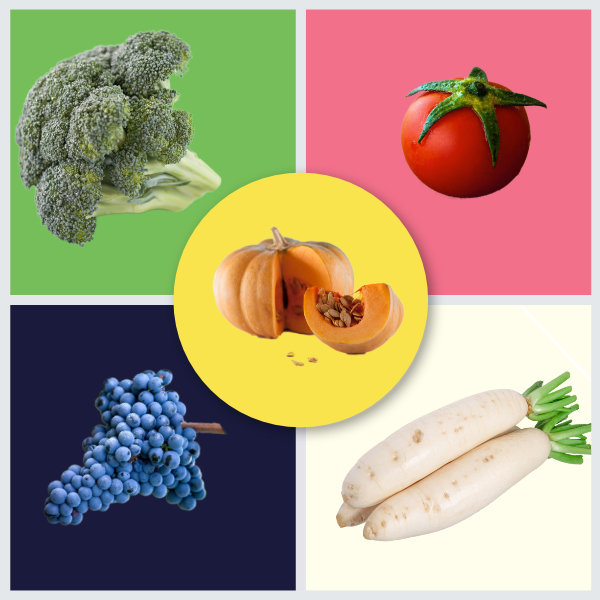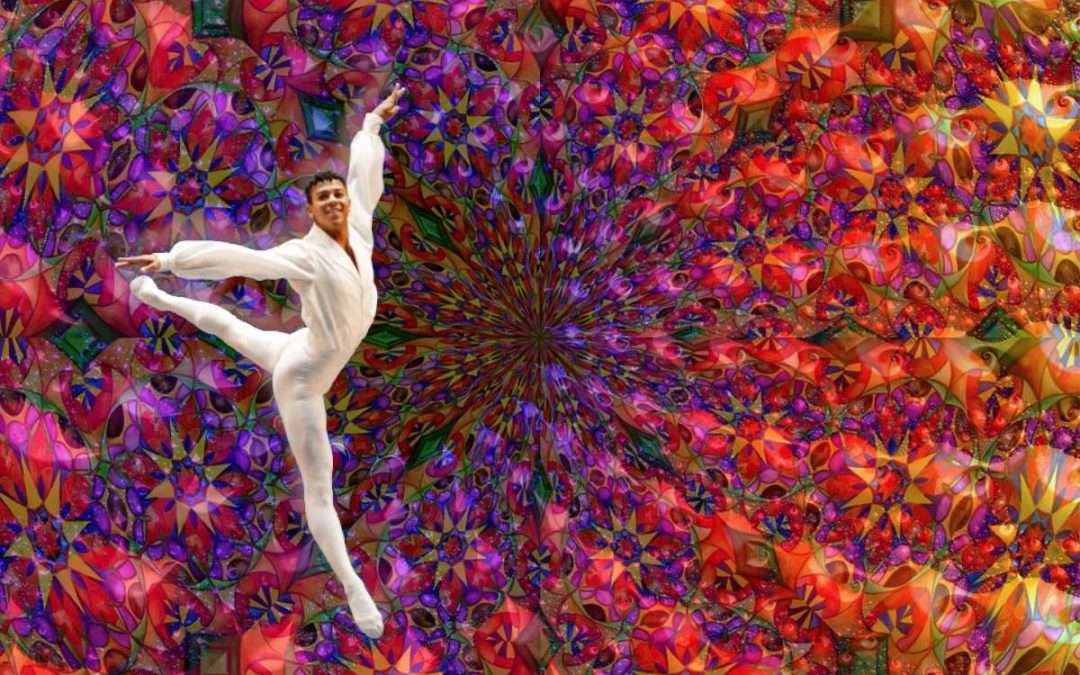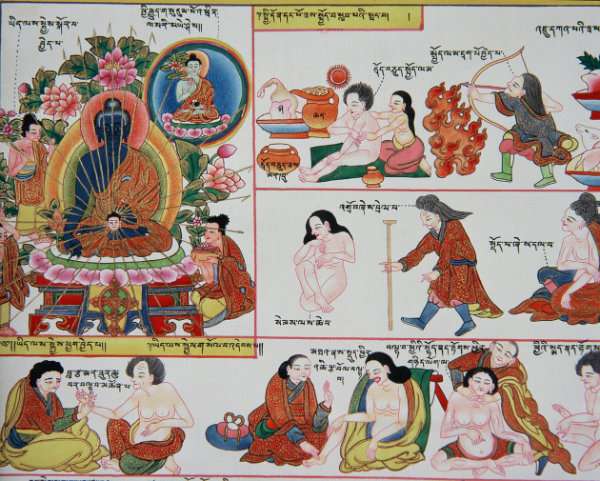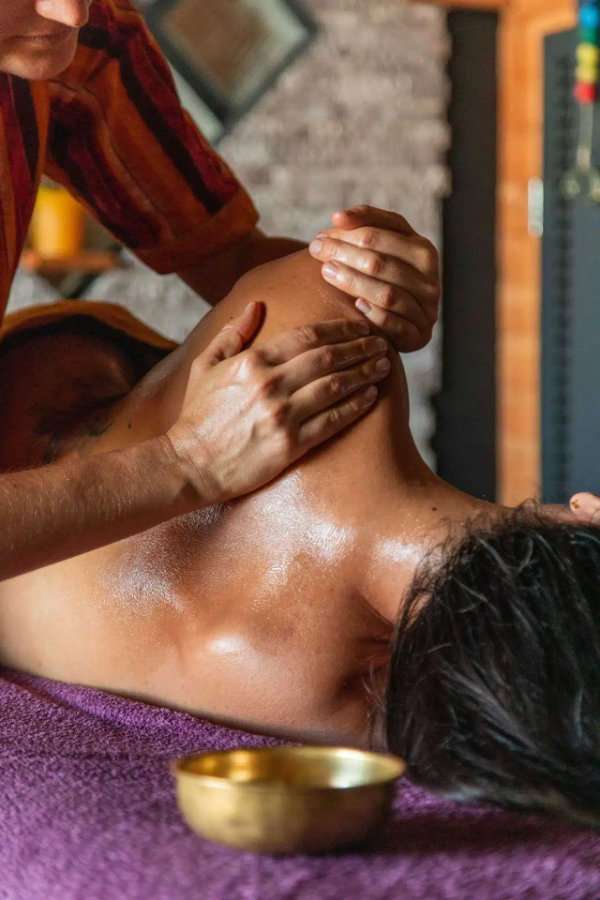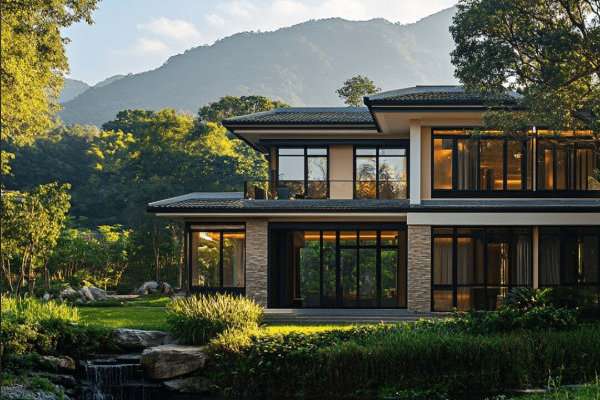
Traditional doctor in 2025
Attitude, skills and preparation
In an age of ultra-technological medicine and advances in artificial intelligence, the role of the traditional doctor remains more essential than ever. In 2025, these practitioners draw on ancestral knowledge, sometimes combining it with modern approaches. But above all, they remain holistic healers.
The preparation of the traditional doctor, whether mental, physical or spiritual, is the key to his effectiveness and to his helping relationship with his patient. It is a form of personal ethics.
An attitude based on listening and humility
The traditional doctor is not simply a health technician. He is first and foremost a guide, an advisor and sometimes even a confidant. His role goes beyond simply prescribing natural remedies. He adopts an attitude based on :
- Active listening: he takes the time to welcome and understand the patient as a whole (personal history, emotions, environment).
- Humility: he recognizes the limits of his knowledge and remains open to new discoveries, without allowing himself to be locked into rigid thinking.
- A benevolent energy: his attitude must reassure, soothe and inspire confidence, so that his patient believes in his ability to heal. A true traditional doctor radiates a serenity that already contributes to healing.
Skills: between ancestral knowledge and modernity
In 2025, the traditional doctor will need to possess a wide range of knowledge, far beyond that of medicinal plants.
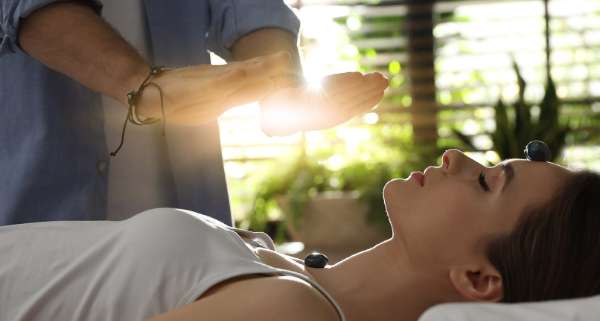
- Mastery of natural medicines: phytotherapy, aromatherapy, acupuncture, therapeutic massage, holistic nutrition.
- Knowledge of energetics: work on meridians, chakra harmonization, magnetism and vibratory frequency healing.
- Ability to analyze the human body: pulse reading, tongue observation, palpation, diagnosis based on visible and invisible signs.
- Psychology and spiritual guidance: he understands the importance of the emotions, the mind and the spiritual dimension in healing, and knows how to guide the patient towards inner balance.
A rigorous mental preparation
A good traditional doctor doesn’t just treat others: he must first and foremost be in harmony with himself. His mental preparation rests on several pillars:
- Daily meditation: to maintain a clear mind and sharp intuition.
- Energy practices: Tai Chi, Qi Gong or yoga to reinforce your own vibratory balance.
- Developing intuition: working with nature, dreams and subtle sensations.
- Stress management: breathing techniques, purification rituals (incense, energy baths, spiritual fasting).
A peaceful mind enables the therapist to perceive imbalances in others and transmit healing energy. In fact, the higher his vibratory frequency, the more powerful his help will be.
A strong and balanced body
A traditional doctor is a living example of health. His lifestyle must be aligned with the principles he teaches his patients:
- Natural, living food: unprocessed, nutrient-rich, seasonal foods.
- Regular physical exercise: martial arts, nature walks, swimming – anything that strengthens the body without exhausting it.
- Rest and natural cycles: respect your biological clock and avoid excess.
- Purification rituals: saunas, herbal baths, sweating practices to eliminate toxins if necessary.
A healthy environment connected to Nature
Unlike Western medicine, which is often practiced in a sterile, even cold environment, the traditional doctor knows that the environment plays an essential role in healing. He favors :
- A warm consultation setting with natural light, close to nature whenever possible.
- The use of natural elements in his treatments: spring water, clay, essential oils, sounds and vibrations.
- Contact with lunar and solar cycles to optimize his treatments.
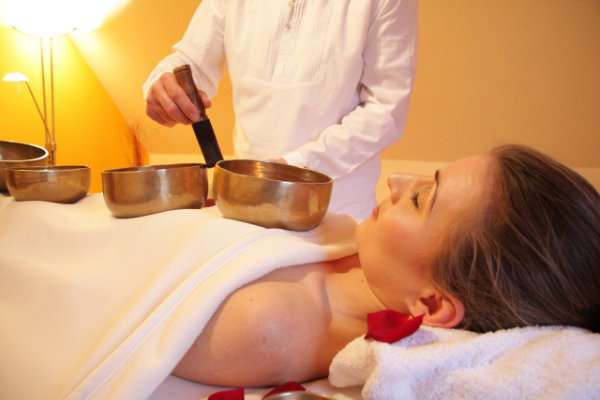
A doctor of the future serving the knowledge of the past
In 2025, the traditional doctor is a bridge between ancient knowledge and the realities of the modern world. They do not necessarily reject technology, but prefer a human, preventive and natural approach. Their strength lies in their mental and physical preparation, which enables them to be aligned and effective caregivers.
In 2025, the traditional doctor is a bridge between ancient knowledge and the realities of the modern world. They do not necessarily reject technology, but they favour a human, preventive and natural approach. Their strength lies in their mental and physical preparation, which enables them to be aligned and effective caregivers.
It is through his own inner balance that he can pass on to his patients the conditions for true healing.
The doctor’s oath
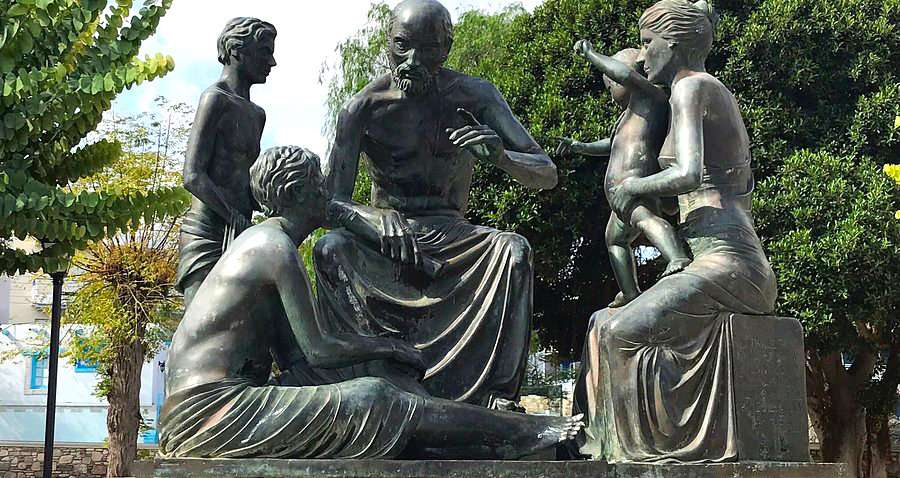
Many doctors in Western medicine still take their oath on an adaptation of the Hippocratic Oath, the Declaration of Geneva (1946), a text that is regularly updated.
It is interesting to note that it includes a commitment by doctors to take care of their own health, a notion that did not appear in Hippocrates’ oath: “I will take care of my own health, well-being and education in order to provide irreproachable care”.
Physician’s Oath or Declaration of Geneva
‘As a member of the medical profession,
I solemnly undertake to devote my life to the service of humanity;
I will consider the health and well-being of my patient as my first priority;
I will respect my patient’s autonomy and dignity;
I will ensure the utmost respect for human life;
I will not allow considerations of age, illness or disability, creed, ethnic origin, gender, nationality, political affiliation, race, sexual orientation, social status or any other factor to come between my duty and my patient;
I will respect the secrets entrusted to me, even after the death of my patient;
I will practise my profession with conscience and dignity, in accordance with good medical practice;
I will uphold the honour and noble traditions of the medical profession;
I will show due respect and recognition to my teachers, colleagues and students;
I will share my medical knowledge for the benefit of the patient and the advancement of health care;
I will look after my own health and well-being and maintain my training in order to provide irreproachable care;
I will not use my medical knowledge to infringe human rights and civil liberties, even under duress;
I make these promises on my honour, solemnly, freely.’
